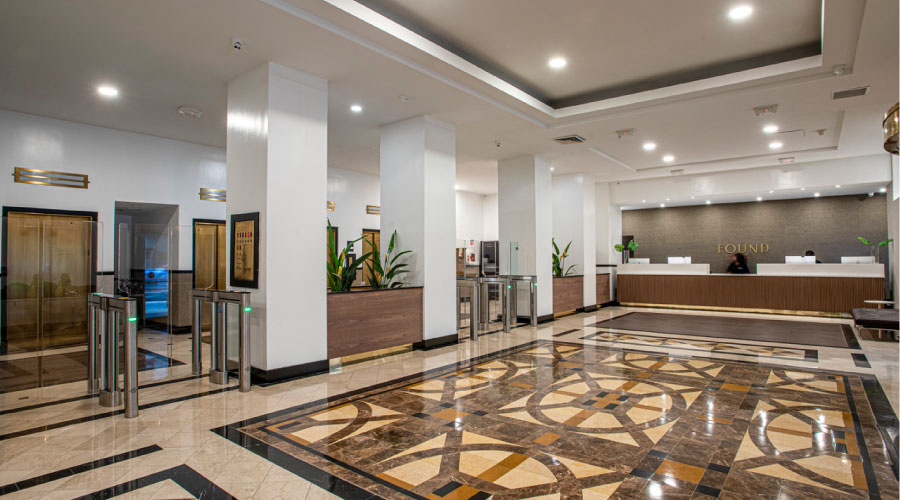
Converting Former Hotel Space into Student Housing
It takes coordination and communication between stakeholders for conversion projects to succeed. September 28, 2023
By Jeff Wardon, Jr., Assistant Editor
There is a rising trend of converting and repurposing older facilities into new ones. Commercial buildings are being turned into apartments and malls are becoming walk-in healthcare clinics. Another area this is cropping up in is student housing, where hospitality and hotel spaces are being converted into dorms and other student living areas.
An example of this is FOUND Study’s recent conversion of the Marriot Hotel East at 525 Lexington Avenue into FOUND Study Turtle Bay. The property offers housing to students, academic program participants and interns. It is situated in Midtown East, providing its residents access to higher education such as LIM College, CUNY Baruch, the New York Institute of Technology and Marymount Manhattan College. The 406,261-square-foot facility itself is 34 stories with 1,355 beds for residents.
In the press release, Andrea Colagrande, Managing Director at Hawkins Way/FOUND says “As a former large-scale hotel, the existing property provided us with the opportunity to create new housing options for hundreds of students, with amazing amenities and a prime location. We see FOUND Study Turtle Bay and its sister property FOUND Study Midtown East as the future of student housing in NYC and we are thrilled to start welcoming residents this fall.”
According to Tallal Bhutta, founder and CEO of BDB Construction Enterprise (the general contractor for this project), his audience are the owners of properties like this. Bhutta also stresses that it is important for owners to engage with contracting early on in the design process.
“What typically happens is contractors are kept in the dark until all the drawings are done,” says Bhutta. “That takes a lot of time and a lot of information. If the drawing is not accurate, it causes a lot of delays in the project...Contractors must be involved in the early design process.”
There are special considerations and concerns to account for with conversions. Bhutta says the basic challenges are the existing infrastructures of the building. That includes things such as mechanical systems, electrical systems, plumbing systems and fire and life safety systems. He also adds that student dorms have specific code regulations, and that owners need to do their due diligence about these during the purchasing process.
One other aspect Bhutta mentions is coordination between the contractor and the mechanical engineer.
“It might be useful for the owner to have the contractor bring his own mechanical engineer on board which he has worked with in the past to make sure it is a smooth transition,” says Bhutta.
Overall, for a project such as FOUND Study Turtle Bay to be completed, it takes coordination and communication between the different stakeholders. Involving everyone in the discussion can be conducive to less mistakes being made or even preventing major project delays.
Jeff Wardon, Jr. is the assistant editor for the facilities market.
Next
Read next on FacilitiesNet












